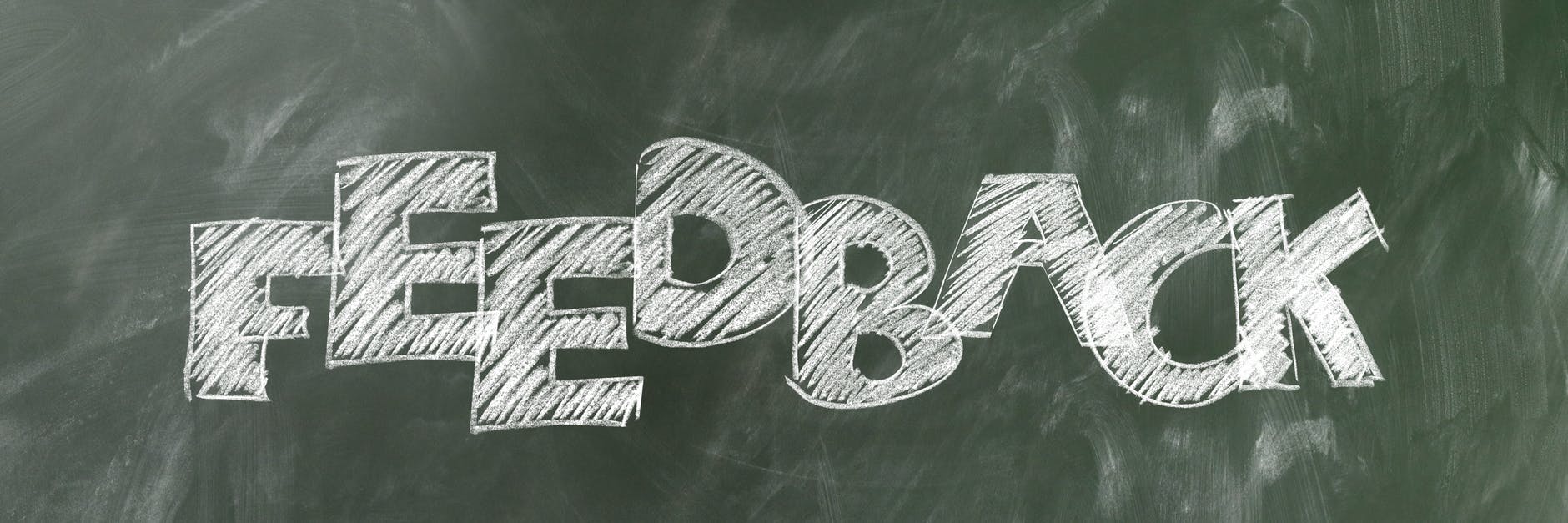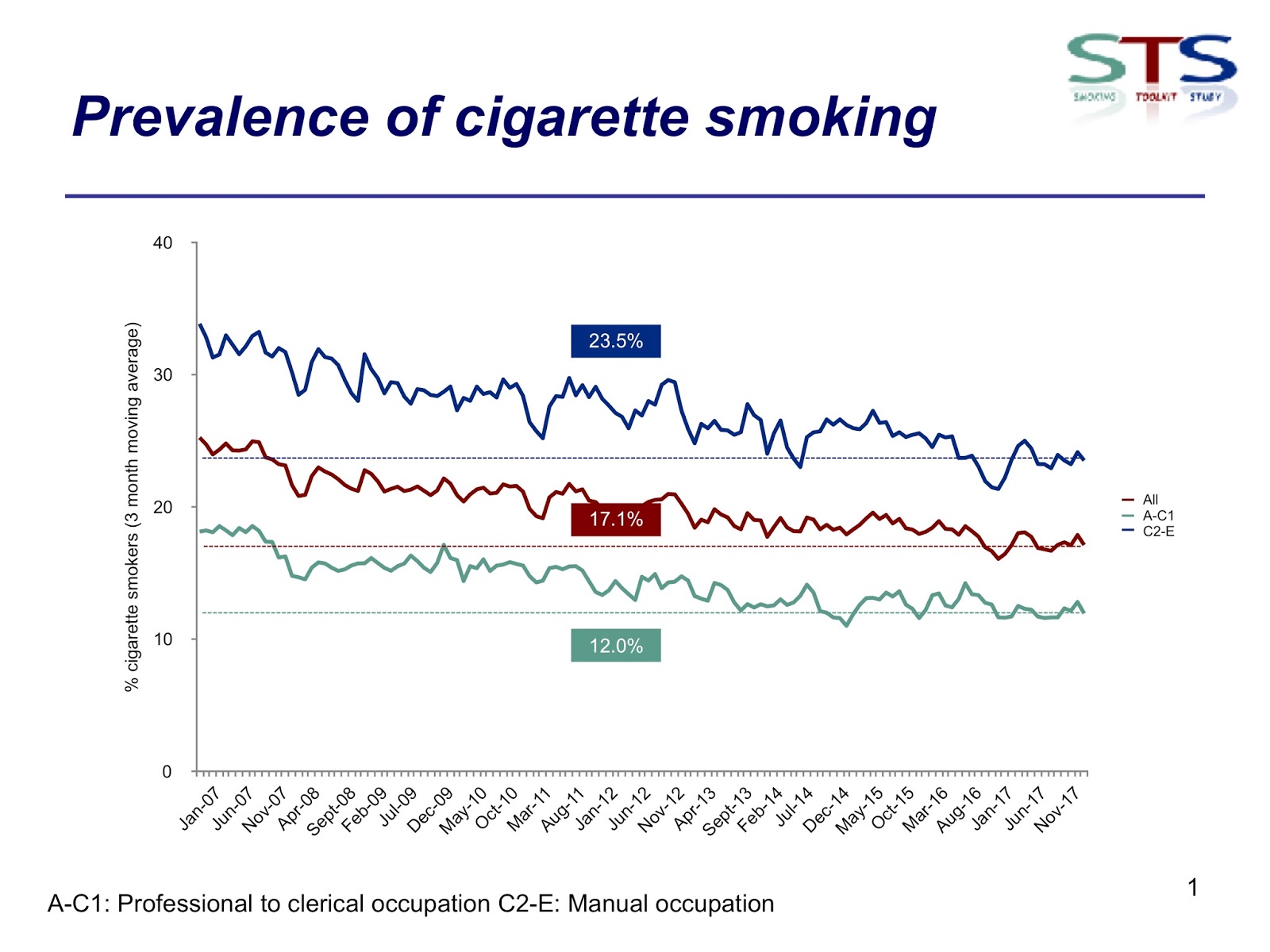UK Plain Packs – One Year On

Introduced on May 20th, 2017, the Standardised Packaging of Tobacco Products Regulations (2015) was meant to strike another blow to the smoking prevalence rate. Except that it hasn’t.
Dubbed a “major victory” by tobacco control loons ASH the removal of “glitzy packaging” has done the sum total of fuck all on the smoking prevalence in the UK. Nor has it had any significant impact in Australia. Or France.
Y’see, wherever plain packaging has been enforced, smoking rates have actually increased. Just as they have done in the UK after one year of the legislation being in force. Don’t take my word for it, here’s the graph from the Smoking Toolkit Study, where it demonstrates a clear rise in prevalence rates from early 2017. Prior to that, the rate had been steadily falling:

I’ve previously written about this when it became abundantly clear that the legislation hasn’t achieved what tobacco controllers hoped it would. It’s also telling that the French Health Minister is on record as saying:
“Plain packaging did not contribute to the decrease of official tobacco sales. To date, we do not have a typology of those who continue smoking and do not know whether plain packaging was efficient to prevent young people to start smoking”
It is also telling that those that championed the cause of plain packaging (when they were granted permission to intervene in the plain packaging court case, because of ’experience’ and ’evidence’) have remained resolutely silent on its failure.
Not that I expected anything else of course. Instead, they’ve already set their sights on the “next logical step”
To ask the Secretary of State for Health and Social Care, whether his Department plans to prohibit smoking on publicly owned property not covered by the Health Act 2006.
To which the response is one I wholly agree with:
There are no plans to introduce further prohibitions of smoking on publicly-owned property not covered by the Health Act 2006. Smokefree policies have been successfully introduced across the Government estate through administrative means, without relying on a statutory ban.
Which, of course, begs the question as to why the Government of the day decided that they should impose a statutory ban for the rest of us when policies have been successfully introduced through administrative means.
As for the various implementations of plain packaging worldwide which has subsequently seen little or no impact on smoking rates; one would argue that given the rise in tobacco sales when it was first introduced in Australia, why are politicians not asking what is going on.
Whatever the reasoning for the complete shambles of legislation that is plain packaging, and of course the resultant consequences, isn’t it high time ‘public health’ policies were held accountable for the utter failure for the widely expressed effect that said policies would have.
After all, in each and every case, anti-smoking campaigners have spent years campaigning for this policy and spending a large amount of taxpayer cash in the process. In any normal business, if you spend a lot of cash and produce effectively a negative result, heads would roll.
Sadly, ‘public health’ will never come under that kind of scrutiny. As with the recent deluge of shenanigans from the sugar tax and minimum unit pricing, those that have forced this ridiculousness onto us should be forced to own the consequences.
But they won’t. That’s not how ‘public health’ works.